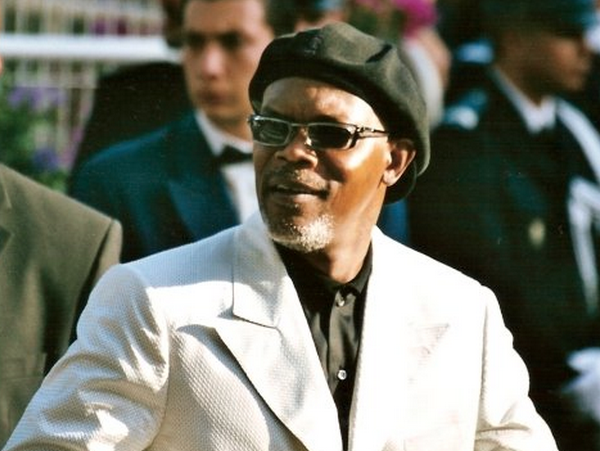Removing a slice of skin off a lamb’s rear end sounds cruel and unnecessary but is, however, an important part of animal husbandry.
In the early 1930s, the practice of mulesing, the removal of a loose fold of skin from each side of a lamb’s breech and tail, was implemented in order to combat the alarming rates of flystrike in Australian sheep. Flystrike had been a massive issue for around 30 years at that stage, with 60 to 120 per cent of sheep dying slow, agonizing deaths. The L. cuprina blowfly lays eggs in the rear end of sheep, which hatch into maggots hidden beneath the wool and effectively eat the sheep alive. Consequently, a surefire solution had to be found. Some of the possible solutions have been to use potent chemicals on the lambs but this was a painful, ineffective method.
Flystrike is still quite prevalent in Australia, mainly in the wet and mountainous pastoral areas. ‘There has been a high risk of Flystrike as we’ve had a lot of rain in these areas in the last two years,’ Jane Brownbill, the CEO of WoolProducers Australia stated.
Over the years many animal rights groups have had issues with this seemingly cruel practice, campaigning to see its end. Ms Brownbill, however, notes that over time, associates of organisations such as WoolProducers Australia have strengthened their bond with animal welfare groups, providing transparency as they strive to develop less detrimental forms of what mulesing aims to do. Most sheep farmers only want what is in the best interest of the animals and undergo specific training as well as using best practice procedures.
This transparency also extends to the store where, under the National Wool Declaration, customers can observe what kind of Flystrike control practices are used where their wool products are sourced.
When asked if the mulesing process has seen many changes over the years, Ms Brownbill confirmed that there have been a great deal. There is scope for sheep to be individually assessed, to some extent, when undergoing mulesing. There are different incisions made depending on the size of ‘the wrinkle’ in the sheep’s skin. The climate in which they are bred is also another consideration. A lot of farmers now use pain relief after the procedure and ‘then it’s straight back into the paddock to mum.’
As mentioned previously, there is a great deal of research going into developing less invasive methods of Flystrike prevention. Different methods under development include fusing the skin together instead of cutting into it.
When asked if she thought it was possible that all sheep farmers will eventually move away from mulesing, Ms Brownbill replied, ‘I believe so, as soon as a viable alternative is found. The most important thing in our minds is the animals’ welfare.’

Madeleine McCarty is in her final-year of a Bachelor of Arts with a Major in Media Studies at La Trobe University. She is 1/10th of the upstart editorial team for 2012 and now knows more about the back end of sheep than she ever wanted to know. You can follow her on Twitter @MadeleineKMcC.






